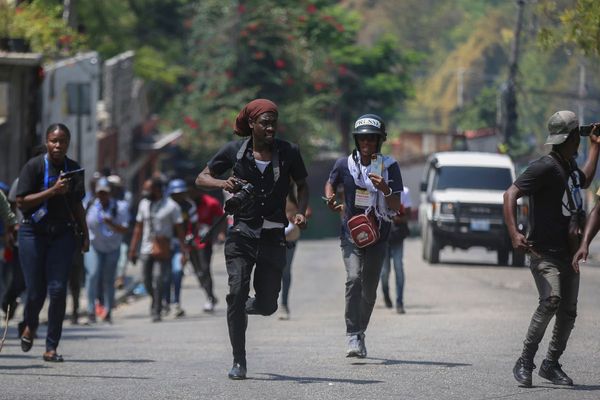The Indian Space Research Organisation (ISRO) is aiming to carry out a landing experiment (LEX), a critical component of the Reusable Launch Vehicle-Technology Demonstration (RLV-TD) programme, in the next few days.
ISRO chairman S. Somanath told The Hindu on Friday that RLV-LEX, the second in the series of experimental flights for the RLV-TD programme will be held in April itself.
“We don’t want to announce the date yet, but it will be held before the month-end. The final phase of tests are in progress at Chitradurga,’‘ Mr. Somanath, who chaired a review of LEX at the Vikram Sarabhai Space Centre (VSSC), Thumba, confirmed.
The experiment
RLV-LEX involves taking an unmanned, winged prototype to an altitude of about 2.3 km to 2.4 km on a helicopter and releasing it to land at a Defence Research Development Organisation (DRDO) airstrip at Chitradurga, Karnataka.
''The prototype will be released 3.7 km away from the airstrip and it must travel the distance autonomously, gain velocity, maintain control and come in like any typical aircraft, touching down with the rear wheels first. A parachute will then be deployed for braking,'' Mr. Somanath explained.
ISRO is planning to release the prototype from a lower altitude than earlier planned. But altitude is not a pertinent issue in this experiment, Mr. Somanath said. ''The height has been reduced to maximise velocity,'' he said. LEX will be repeated a number of times in the months ahead for testing various parameters.
Cheaper access to space is what makes an RLV attractive. Currently, ISRO employs expendable rockets such as the Polar Satellite Launch Vehicle (PSLV) and the Geosynchronous Satellite Launch Vehicle (GSLV) for space missions.
Cost-effective
A major hurdle in space exploration is the prohibitive cost, which can be slashed if the launch vehicle is a reusable one, which means it returns to earth intact after a mission. The RLV-TD programme comprises a series of experimental missions aimed at making India's dream of owning a reusable, two-stage-to-orbit (TSTO) vehicle, come true.
That said, ISRO still has some distance to go before it can boast such a vehicle in its stable.
On May 23, 2016, ISRO carried out the hypersonic flight experiment (HEX), the first in the series of RLV-TD programme, which was designed to 'land' in the Bay of Bengal on a ''hypothetical runway.''
LEX constitutes the second in the series and subsequent missions include a return flight experiment and a scramjet propulsion experiment.
On fast track
Forced to put off missions due to the COVID-19 pandemic, ISRO is aiming to step up the pace in 2022. Around ten missions are planned this year, including four flights of the PSLV, and the RLV-LEX. The list also includes one mission each of the GSLV Mk-III and GSLV Mk-II and the maiden flight of the Small Satellite Launch Vehicle.
The delayed Gaganyaan human space flight mission will be given top priority, Mr. Somanath said. The next GSLV Mk-II will fly with modifications to its cryogenic upper stage as recommended by the Failure Analysis Committee which studied the failed GSLV-F10/EOS-03 mission.







